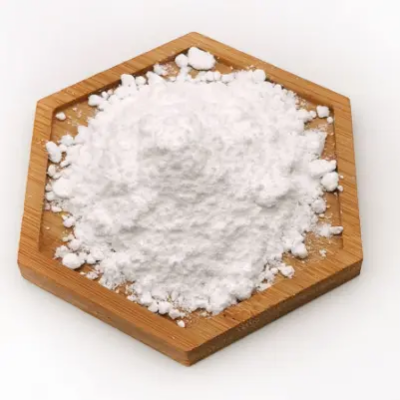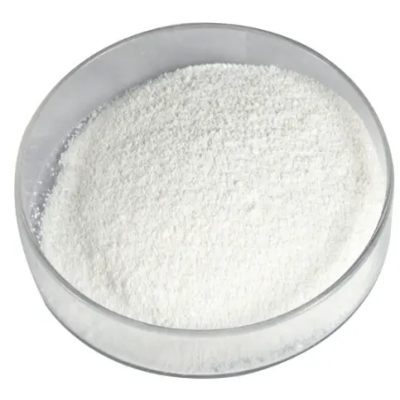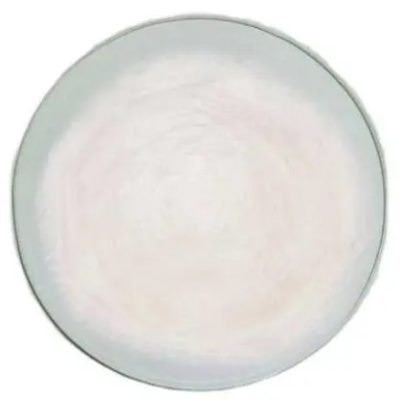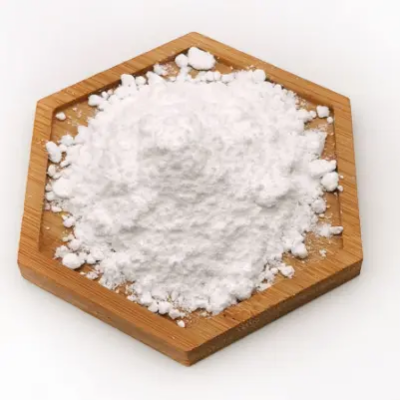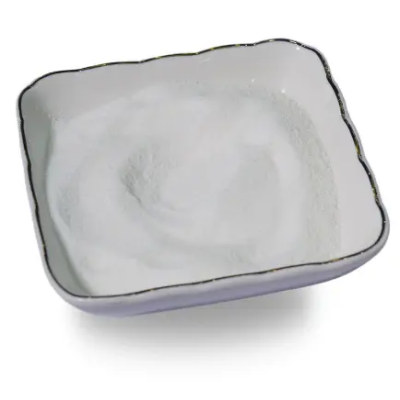bifenthrin CAS:82657-04-3
Bifenthrin finds widespread use in agricultural, residential, and commercial applications for pest control. In agriculture, it is utilized to protect a variety of crops from damaging pests such as aphids, thrips, mites, whiteflies, caterpillars, and beetles. The application of bifenthrin helps to maintain crop health and yields by effectively controlling the population of these harmful organisms. In addition to agricultural use, bifenthrin is employed in urban pest management to combat pests like ants, termites, cockroaches, and spiders in residential and commercial settings. Its residual activity provides long-lasting control of these nuisance pests, making it a valuable tool for maintaining pest-free environments. Furthermore, bifenthrin is utilized in public health efforts for vector control to manage disease-carrying pests such as mosquitoes and ticks. By targeting these vectors, bifenthrin contributes to the prevention of diseases such as malaria, dengue fever, Zika virus, and Lyme disease, thereby supporting public health initiatives worldwide. Moreover, this compound is applied in forestry to protect trees from destructive insects and in turf management to control pests that can damage grass and ornamental plants. Its effectiveness and broad-spectrum activity make it an important component in integrated pest management strategies for various environmental and agricultural settings. Overall, bifenthrin serves as a vital tool in pest management across diverse sectors due to its efficacy against a wide range of pests and its ability to provide long-lasting control. Its applications in agriculture, public health, urban pest control, forestry, and turf management highlight its versatility and importance in maintaining the health, safety, and productivity of agricultural, residential, and natural environments. When used responsibly and according to label instructions, bifenthrin contributes significantly to pest control efforts while minimizing potential risks to non-target organisms and the environment.






| Composition | C23H22ClF3O2 |
| Assay | 99% |
| Appearance | White powder |
| CAS No. | 82657-04-3 |
| Packing | Small and bulk |
| Shelf Life | 2 years |
| Storage | Store in cool and dry area |
| Certification | ISO. |


